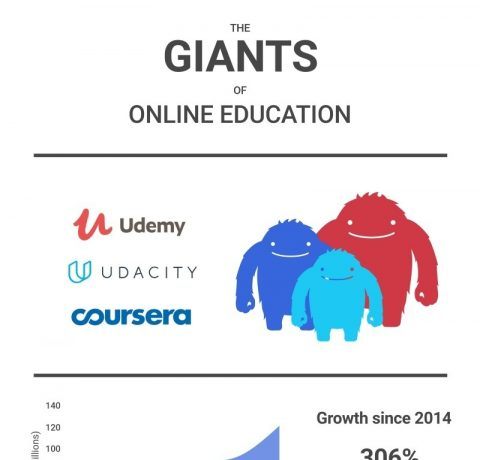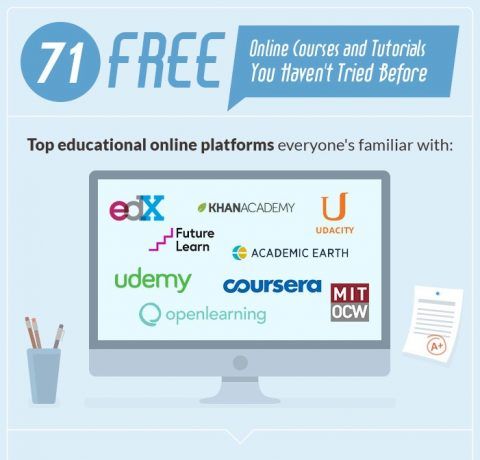MOOC: Today and Tomorrow Infographic
The Massive Open Online Course (MOOC) movement has a long history. It was preconceived in the 1960s long before the Internet era. Now that eLearning and remote education are on the rise, MOOC gains even greater recognition and recruits more adepts worldwide.
The MOOC crowd
At this point, there are over 5M MOOC students globally. 36 percent of non-MOOC respondents admit they’re planning to sign up in the future. The last 5 years have witnessed a MOOC boom with over 80% of the existing learner base taken on board from 2011 onwards. Experts forecast the MOOC population will grow to 12M students by 2020. The ratio of US students overall will fall by 10 percent, giving way to Asia and other developing regions.
Why do people take MOOC classes?
- Because they are free of charge by nature
- It’s just like traditional learning in terms of edu content quality
- MOOC brings together millions of people from different cultures
- People are curious if they can really learn stuff when there are no strings attached
- It’s flexible, everyone is free to choose a comfortable time and pace (50 percent of MOOC learners are full time employees and they can still handle it!)
Who’s the MOOC audience?
In one word, it’s versatile. 1/3 are high school students, slightly over 1/3 have a bachelor’s degree, 28 percent have a master’s degree and higher. 40 percent of the learners are younger than 30. If you survey a random group of MOOC aficionados, over 70 percent will corroborate that MOOC highly extends learning opportunities. This seems to be the underlying principle. On the other hand, 70 percent fail to finish the course and simply drop out in the middle of the process. MOOC retention rates are forecasted to grow by 20% through 2020.
Is MOOC taken seriously within academia?
Helping traditional schools to adopt web-based learning and online degree programs, the Academic Partnerships organization has been using its influence to enroll MOOC supporters within US academia. Due to their continuous efforts, students completing a MOOC2Degree may gain real academic credits from celebrated colleges like the University of West Florida and the University of Texas at Arlington College of Nursing, just to name a few. Many more will be jumping on the bandwagon in the next five years!
Who’s backing MOOC financially?
25% of American citizens have no idea what MOOC stands for, which seems fine for a heterogeneous and versatile society like the United States. However, wouldn’t it be nice to spread the word and introduce more financial perks? In their attempt to fund successful MOOC learners, the Bill & Melinda Gates Foundation grants generous awards to students, thus providing great publicity and motivation. But that’s just the start, since there are a bunch of profit and non-profit organizations channeling their finances to keep MOOC ahead of the brick-and-mortar game.
The MOOC market scales up year to year
As of 2016, Markets and Markets have evaluated the market of services surrounding MOOC at nearly $2B. Apparently, free online education can constitute a decent business segment! Experts maintain MOOC is poised for further confident growth at 36% CAGR at the very least. This brings us to a market share of over $8.5 billion by 2020.
Is this a threat to traditional schools and instructors?
Yes and no. A MOOC can’t emulate the emotional bonds and vibe of face-to-face learning, yet the instructor role will have to evolve and embrace modern requirements. Technology will facilitate routine tasks like grading and assessment, giving priority to creativity and engaging content. Either way, it’s a win-win-win.
Is MOOC the educational technology of the future? The answer is: Yes, to a large extent.







You can adjust your cookie preferences here.